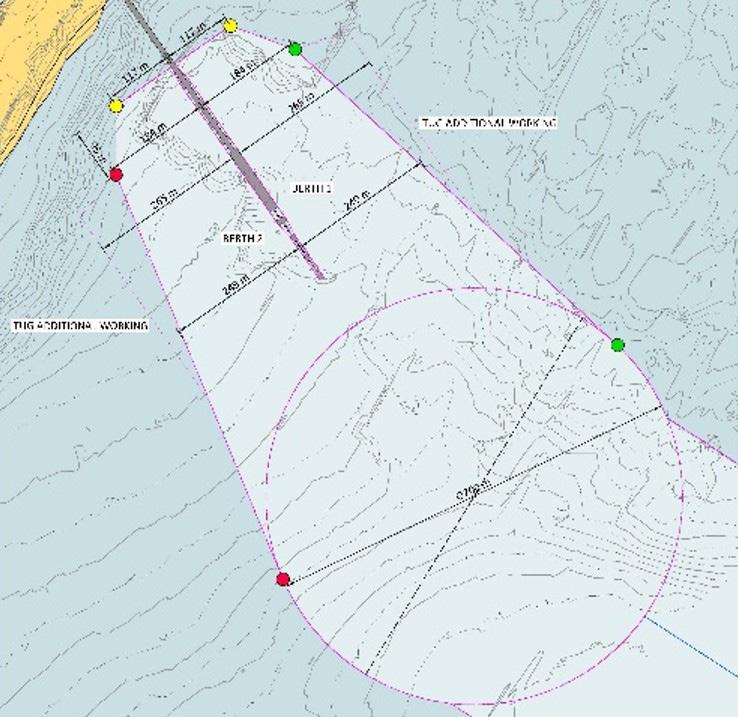Marine & Coastal
Ship manoeuvring simulation studies

Creating master plans for future ports and harbors requires a detailed and comprehensive approach, involving thorough assessments, technical evaluations, and data-driven decision-making. A critical aspect of this process is simulating ship movements in the port approaches and maneuvering areas. These simulations serve multiple purposes, including training, research, and conducting both qualitative and quantitative assessments of port engineering. Our objective is to assist port management teams in making well-informed decisions by offering simulations of various scenarios and factors that impact capital expenditure (CAPEX) and operational expenditure (OPEX) budgets
Applications of 2D and 3D ship manoeuvring simulation studies
• Port Planning and Analysis
• Technical Appraisal of Vessel Navigation
• Determination of Vessel Manoeuvring Strategies
• Achieving Optimal Port Performance
• Route Planning & Vessel Traffic Management

Our approach - SimFlex4
Our team conducts ship maneuvering simulation studies using SimFlex4, developed by FORCE Technology, a leading provider of ship simulation software.
We employ a ‘full mission ship simulator’ that replicates the complete visual and operational environment of a ship’s navigation bridge, offering a high level of realism. This setup allows pilots to interact with the same instruments and visual cues they would encounter in real-world scenarios. Our approach combines detailed coastal modeling with advanced ship maneuvering simulations, supported by a team of experienced master mariners, simulation pilots, and software modelers.
Incorporating virtual reality further enhances the effectiveness of our simulations, enabling comprehensive evaluations of risks and operational efficiency across a wide range of marine operations and engineering projects. This immersive environment allows us to perform risk assessments and detailed evaluations with greater accuracy and efficiency.
“Desktop simulation provides assurance in the initial project engineering phases.”



